MAINSPACE EXHIBITION /
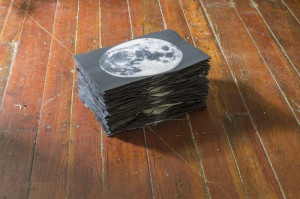
The Light of Other Days
Brooks Dierdorff and Robert Beam
May 22 – June 20, 2015
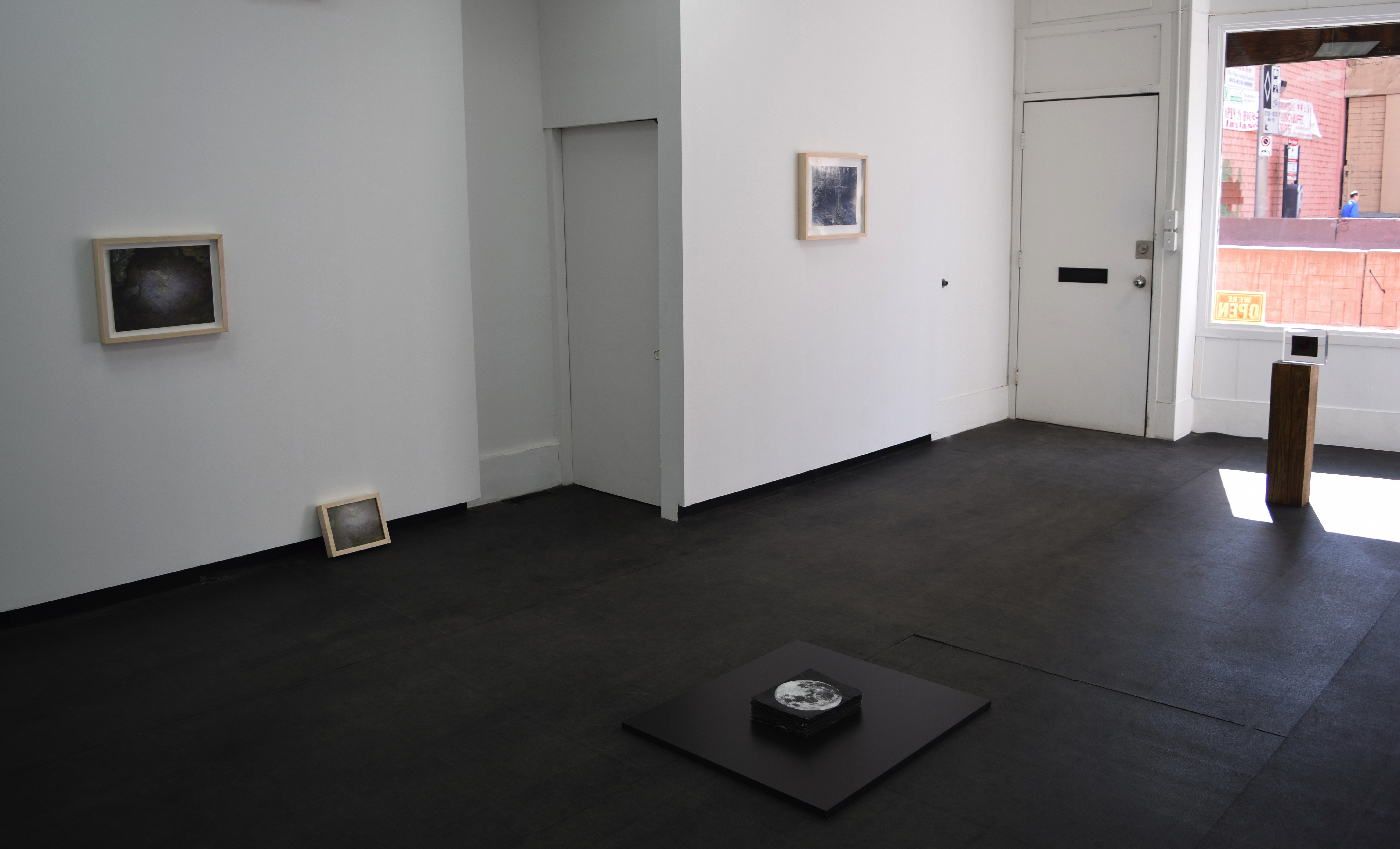
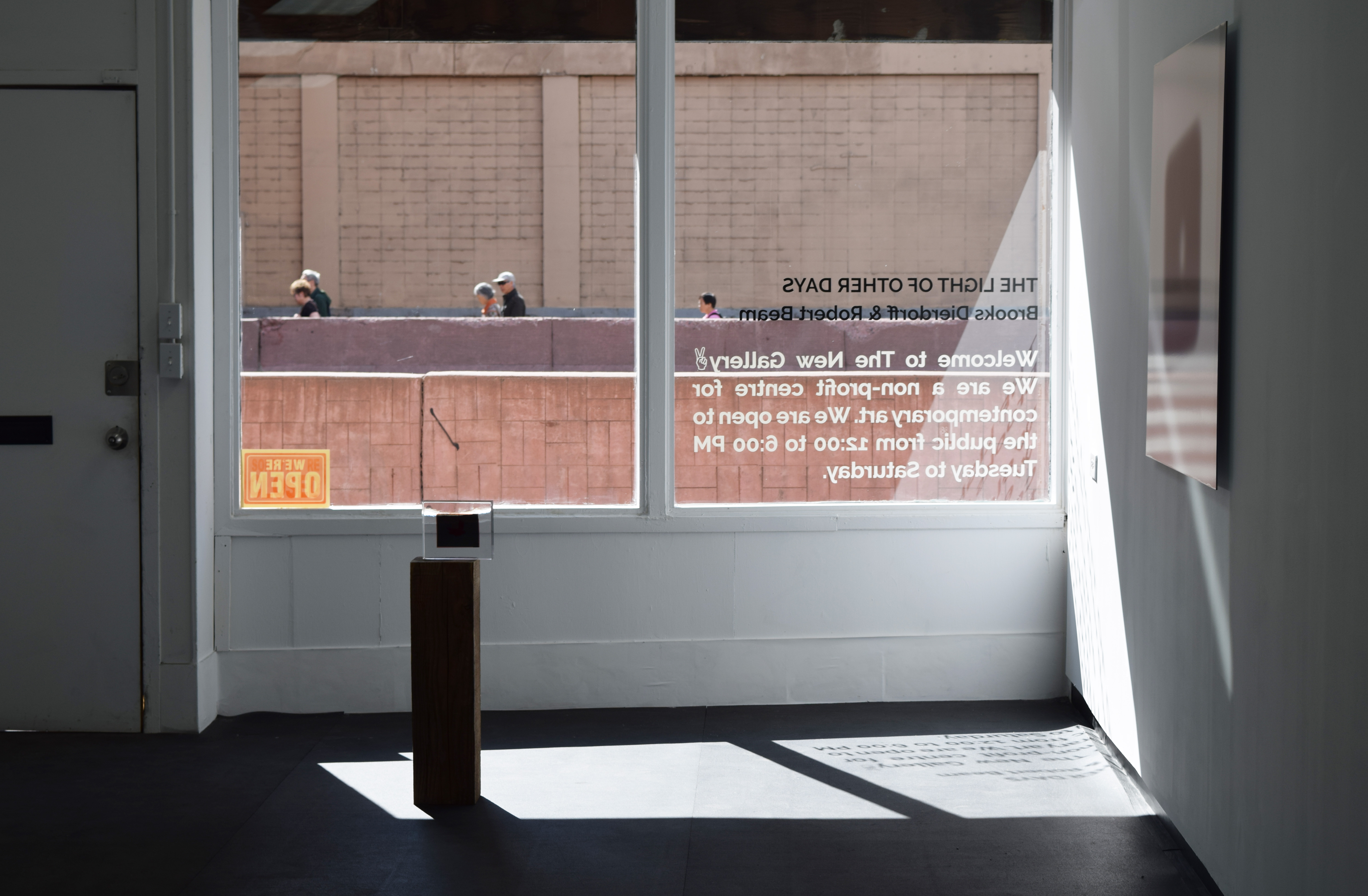
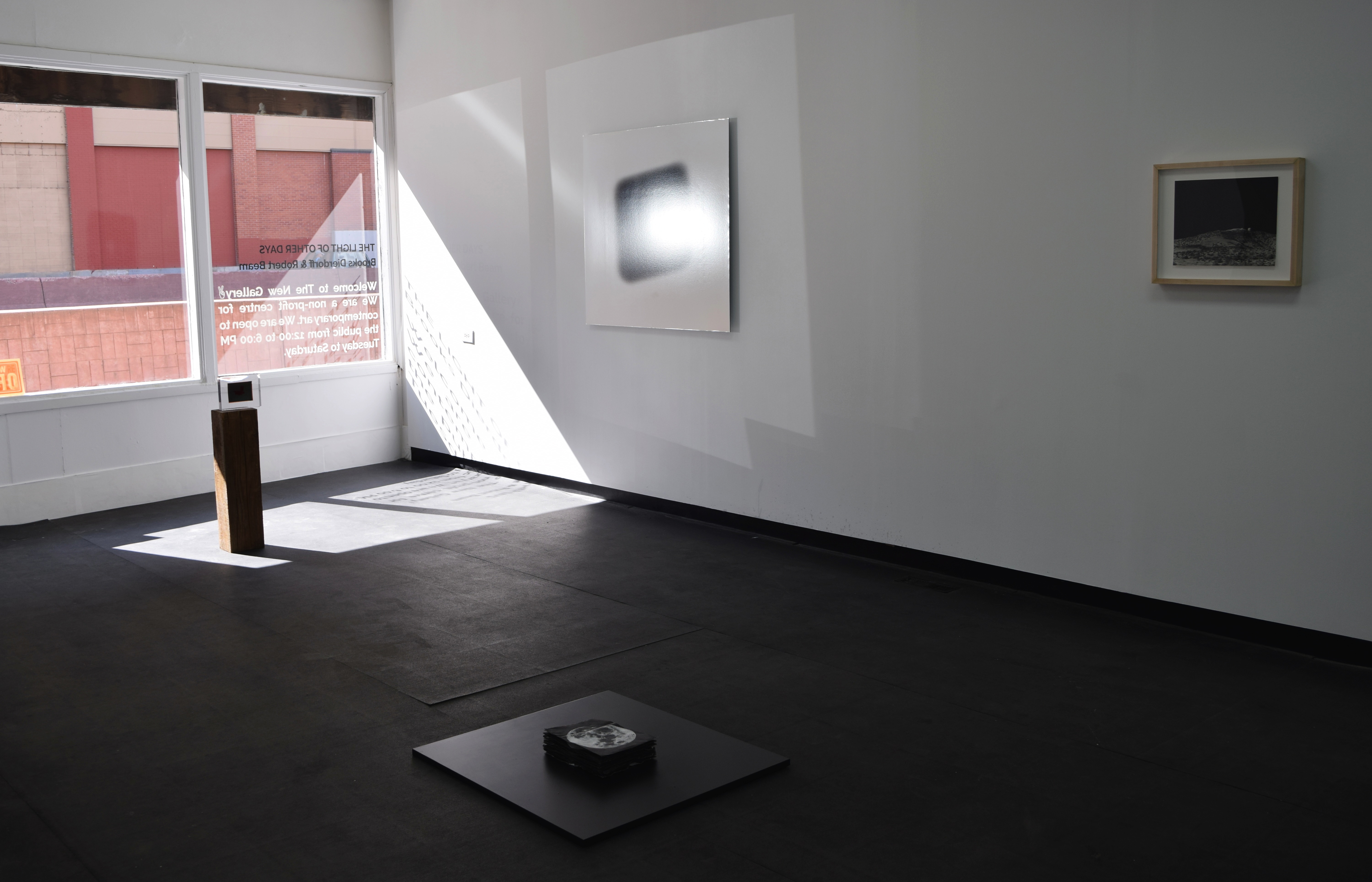

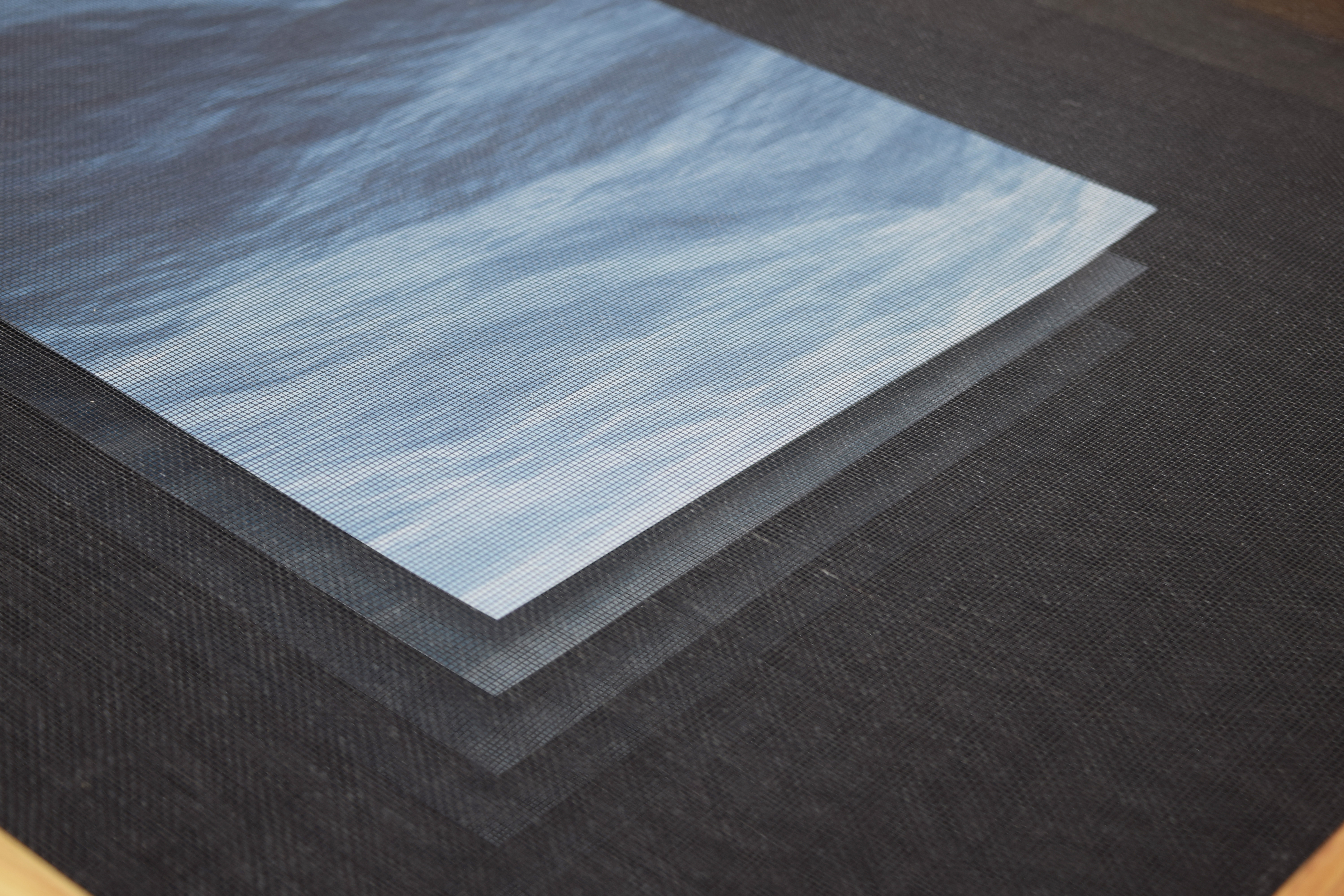
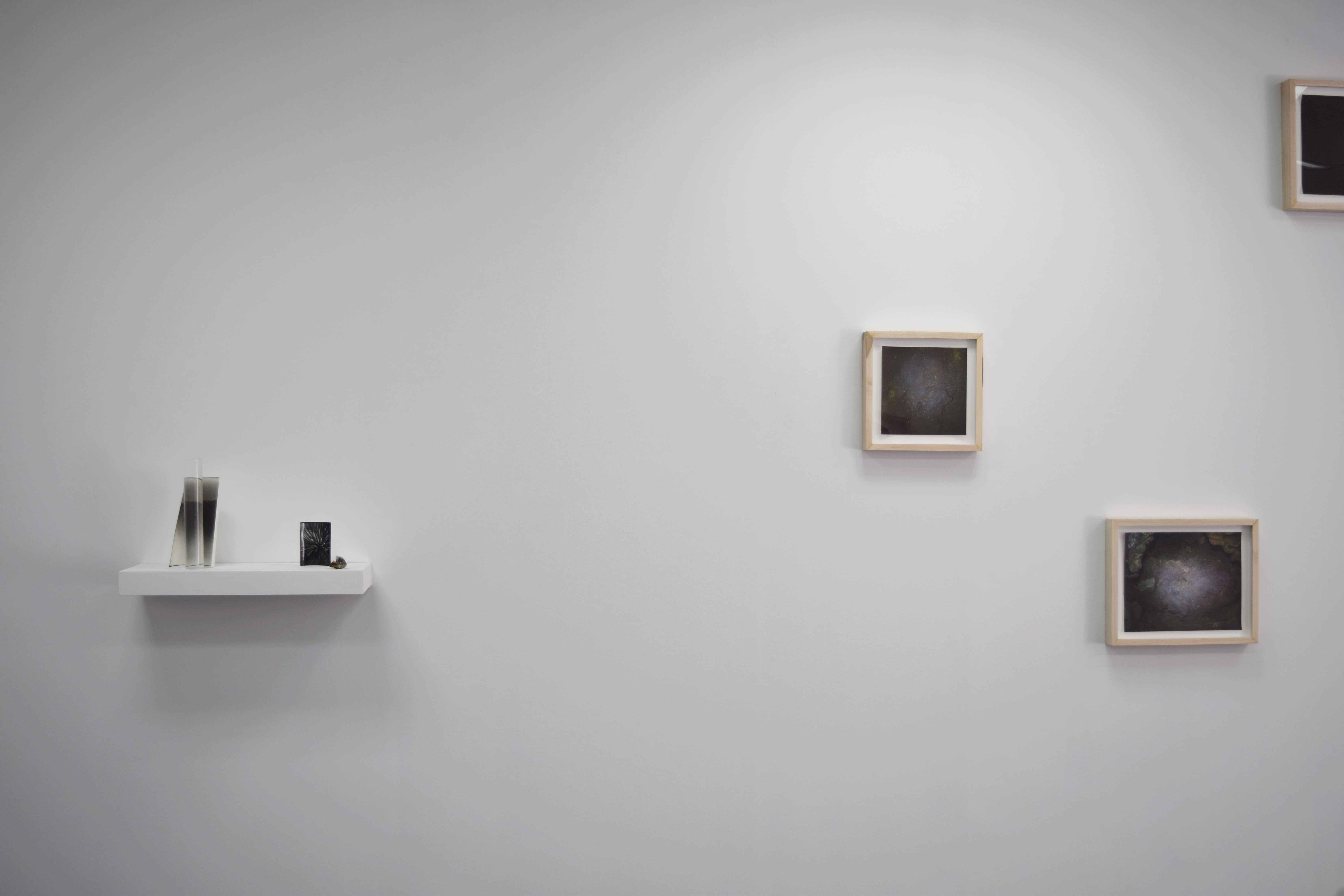
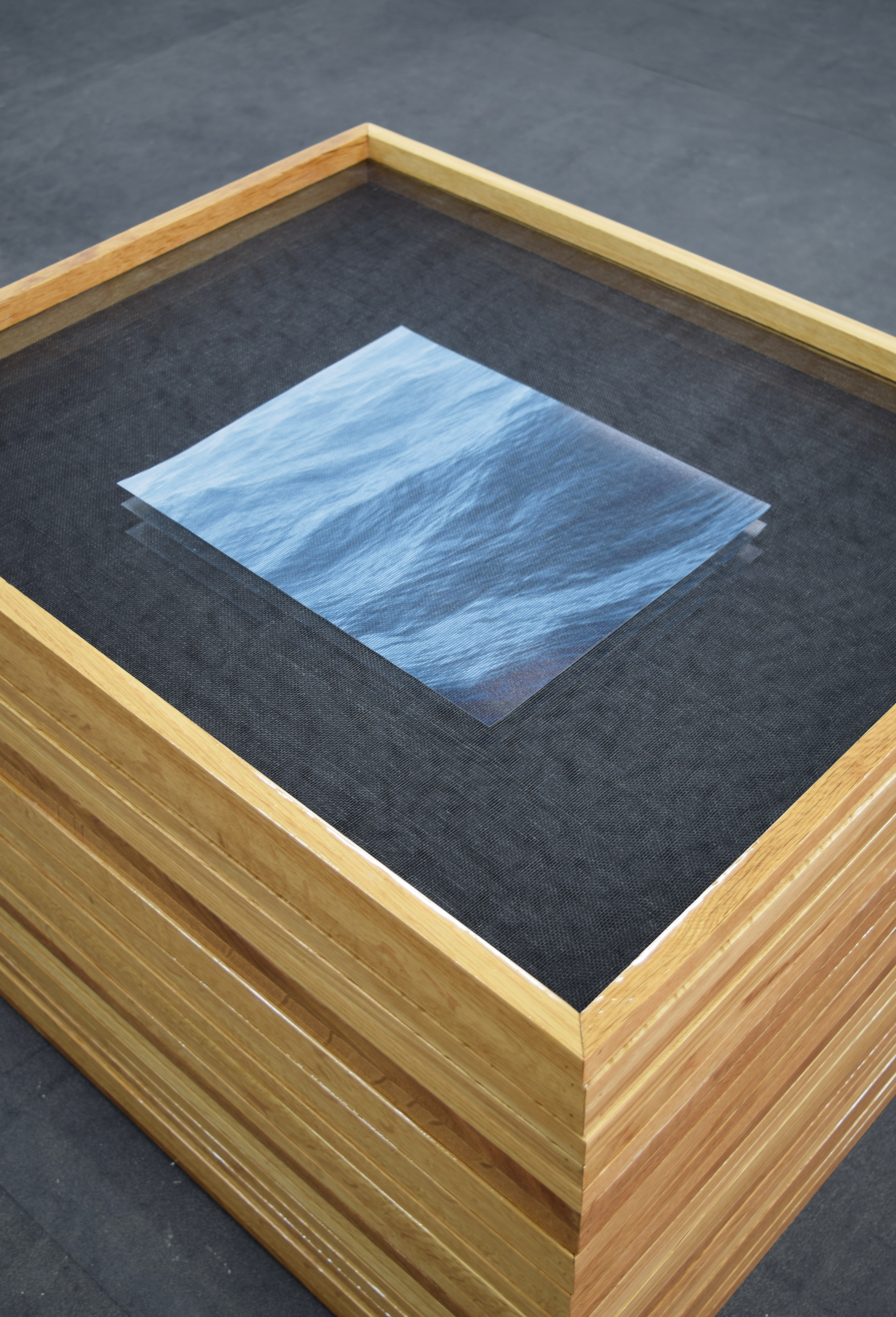
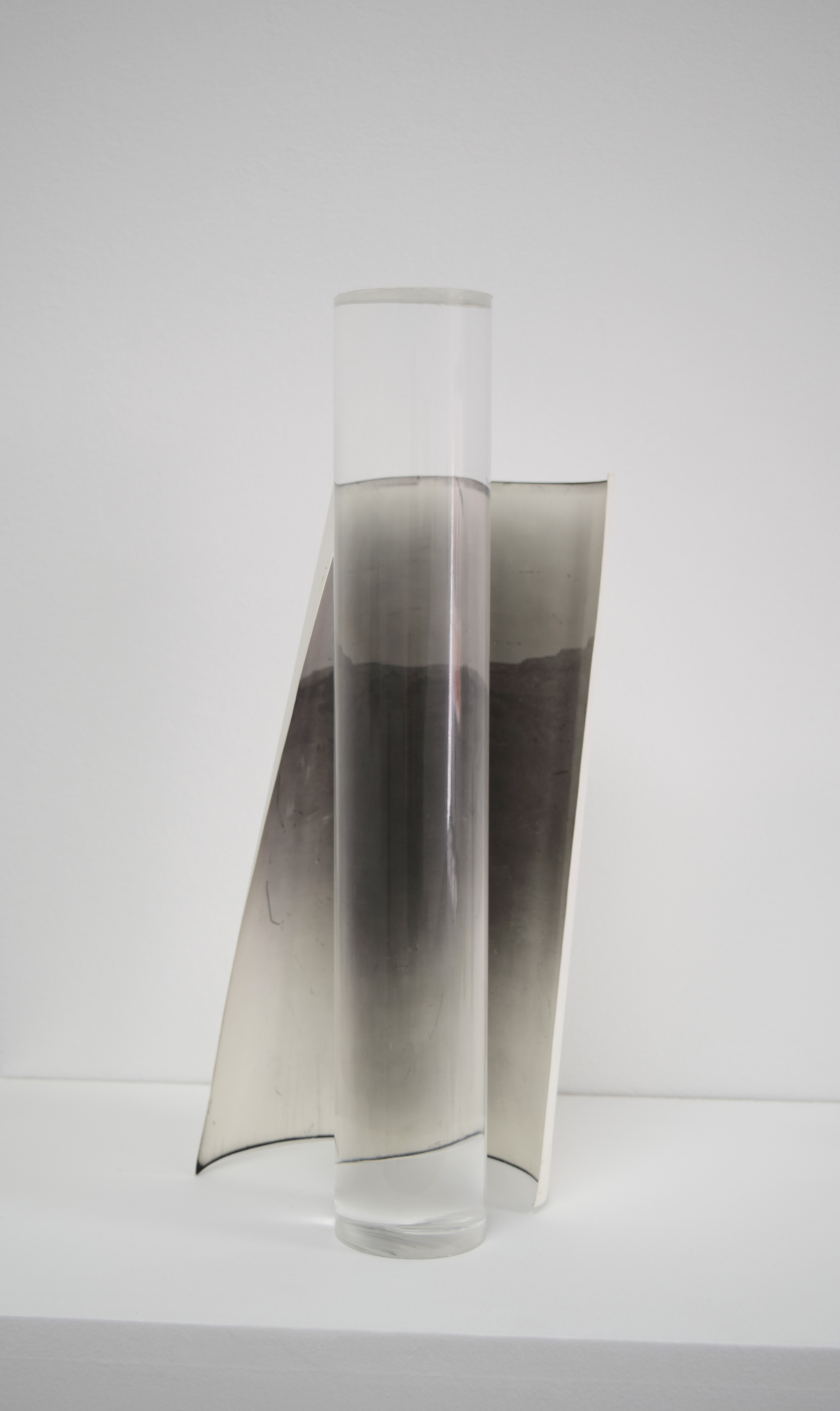


Essay: Step Up
Dominion over nature is gospel and thereby guaranteed, even though this promise we blindly believe or addictively pursue comes up against the fact that available resources are much more finite. And we know better. The vast majority of us believe in impending ecological upheaval, yet taking to the streets en masse is superseded by a financial need to clog roads in commutes powered by fossil fuels. Pragmatic solutions are presented, yet we seem to lack a willful consensus to institute substantial changes to forestall the inevitable demise of the world as we would prefer it (as opposed to how we know it). And by “we” I mean the empowered and the compromised, any kind of believer or denier alike.
To wit: Scientists in genomic research are working to reintroduce the passenger pigeon into the wild by 2027. On August 2 of that same year, during a partial solar eclipse, some expect Jesus Christ to once again stand upon the Mount of Olives, and in doing so usher in the final stages of the End Times.
Hope against hope.
In their “Light of Other Days,” Robert Collier Beam and Brooks Dierdorff float upon the resonant energy created by these contrary forces, and from this place they are able to draw what we cannot see from within what we know. What results is an empiricism based on potentiality instead of dominant positivistic models.
One cannot help but impose an environmentalism upon Beam’s and Dierdorff’s art, yet the artists’ own observations made manifest are not enough for a mobilization, largely because the viewing of the work is often somehow thwarted. The old truism, “An object is not art without the viewer’s volition,” becomes problematized: We clearly can see this is art, but part of the artist’s process also seems to involve its undoing. The artwork folds back on itself —sometimes with a slight twist, and other times in full reversal— to disrupt the equilibrium of our expectations: Beam’s images of the moon waver and fracture from the unlikelihood of ever arriving at the hoped-for destination; and, Dierdorff’s negative of a carrier pigeon depends on presentation in order to get it’s message to the viewer. Far from self-defeating, this offsetting allows the focus of attention to shift to the viewing as more real than anything that led to the object’s creation, and for that matter, ultimately more present than the object itself.
It is our presence as audience and our subsequent attempt to resolve any minor delirium created by the object that spurs us to create our own meaning. Art, when done right, provides the awareness that one’s habit of perception falls short in the face of a more whole experience, some of which we cannot know. (After all, everything we know and believe has within it an aspect that is askance.) By creating unease within the otherwise familiar, Beam and Dierdorff provoke the viewer into becoming less sure yet hyper-aware in their viewing, and by extension, hopefully, more accountable elsewhere.
–Patrick Collier
Biographies
Brooks Dierdorff is an interdisciplinary artist working in photography, video, sculpture and performance. He received his BA from the University of California, San Diego in 2007 and his MFA from the University of Oregon in 2012.
He has exhibited his work both nationally and internationally at galleries that include Salander O’Rielly in New York; Punch Gallery in Seattle; the Disjecta Interdisciplinary Art Center in Portland; High Desert Test Sites in Joshua Tree, California; Johalla Projects in Chicago; The College of Wooster Art Museum in Ohio; and the Ulrike Hamm Gallery in Bissendorf, Germany.
From 2010 to 2013 he was co-director of Ditch Projects, an artist-run exhibition space in Springfield, Oregon. In 2014 he co-founded Grammar Center, a performance and exhibition space located in Medford, Oregon. Currently he is a Visiting Professor of Photography at Southern Oregon University in Ashland, Oregon.
Robert Collier Beam is an interdisciplinary artist working in photography, installations and drawing. Robert received his MFA from the University of Oregon and BFA from the University of North Texas. Finding inspiration from the land, scientific exploration, and natural phenomena Robert’s work explores the effects of perception centered on the spaces we create and challenge. Creating object and image based works that resonate with our inherent need to explore and see further.
Robert’s work has been show both nationally and internationally at galleries that include, Arteles Creative Center in Haukijärvi, Finland; Newspace Center for Photography in Portland, Oregon; and the Houston Center for Photography in Houston, Texas.
Robert currently resides in Dallas, Texas where he is a Visiting Professor of Photography at the University of North Texas in Denton, Texas.
Patrick Collier is a writer and artist with special interests in psycholinguistics, poetry and photography. His most recent exhibit was at Michelle Grabner’s and Brad Killam’s The Suburban, in Oak Park, Illinois, and he currently writes art criticism for the online magazine Oregon ArtsWatch.
